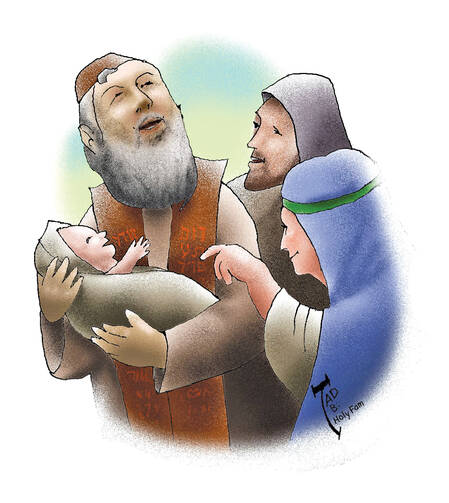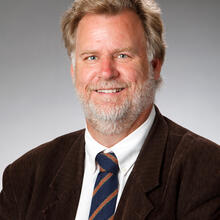Children of Hope
The truth of the supposedly clichéd phrase “every child is a miracle” hits home for most people when a child is born to them or an adopted child is welcomed into the family. The instantaneous recognition of the child never before seen is a spiritual experience made tactile as a mother takes the newborn in her arms and a father gazes at an infant who evokes on sight the deepest of loves.
We tend to think of childbirth, especially today, as something that is simple and straightforward. It is certainly natural; and for many people, both in conception and at delivery, it poses no problems. Yet, there are many others for whom having a child is a struggle. We have no idea why some couples have no children and other families have one, why some women have miscarried numerous times or had ectopic pregnancies that threaten the lives of mother and child. We should never judge the size of a family, for we have no knowledge of the hidden burdens that many women and men carry. Many of the model families throughout the Bible were overjoyed that God blessed them with one child, a child they had long desired.
The miraculous nature of conception and childbirth is a theme that runs through the Old Testament and is often seen in families that have only one child. Numerous women who were considered “barren” give birth to a child of hope, often when it seemed such hope was out of reach. In this number we count Rebekah, Hannah and the mother of Samson, all blessed with children when it seemed it could never happen. But the pre-eminent example is the first one we see in Genesis: Sarah.
Sarah was too old, as was Abram, to have and raise a child. Genesis tells us she was 90 years old and Abram 100. Abram petitioned God, saying, “You have given me no offspring, and so a slave born in my house is to be my heir.” God promises Abram, “This man shall not be your heir; no one but your very own issue shall be your heir.” But how could it be? Sarah laughed at the promise of a child given to her after natural hope had vanished.
But God gave them Isaac, a child of promise and a child of hope for Abram, now called Abraham, and Sarah and for the future of a promised nation. The promised Messiah would come from this lineage and be given miraculously to Mary, which reveals another part of the equation: never having engaged in sexual intercourse, she was given a child by God—a child given to this new mother and her husband-to-be, but a child of hope for the whole world.
Yet the stories of the matriarchs, Mary and their unique children indicate to us the miraculous nature of every birth. True, our children will not be patriarchs of a nation, as Isaac was for Israel; and certainly none can be Jesus, the Messiah, the savior, both God and man. But the mothers were real mothers, just like women today, who raise many children, one child, or yearn for a child. And their children were real children, who had to be loved and raised. God chose to work his miracles not in opposition to nature but through the most natural of ways: childbirth.
But every family, whether gifted with many children or none or one, has a role to play in God’s dramatic story of salvation and shares in the miraculous gift of hope children represent. Each child has been willed by God to serve a unique purpose.
And it was through the birth of one child that all of us share in the hope of salvation. As Simeon says in Luke’s Gospel of the newborn baby boy Jesus, “My eyes have seen your salvation,/ which you have prepared in the presence of all peoples,/ a light for revelation to the Gentiles/ and glory for your people Israel.”
Mary and Joseph were “amazed at what was being said about him,” for he was the fulfillment of all hopes. But in the reality of the Holy Family, we see the miraculous nature of every child and every family reflected.
This article also appeared in print, under the headline “Children of Hope,” in the December 22-29, 2014, issue.








